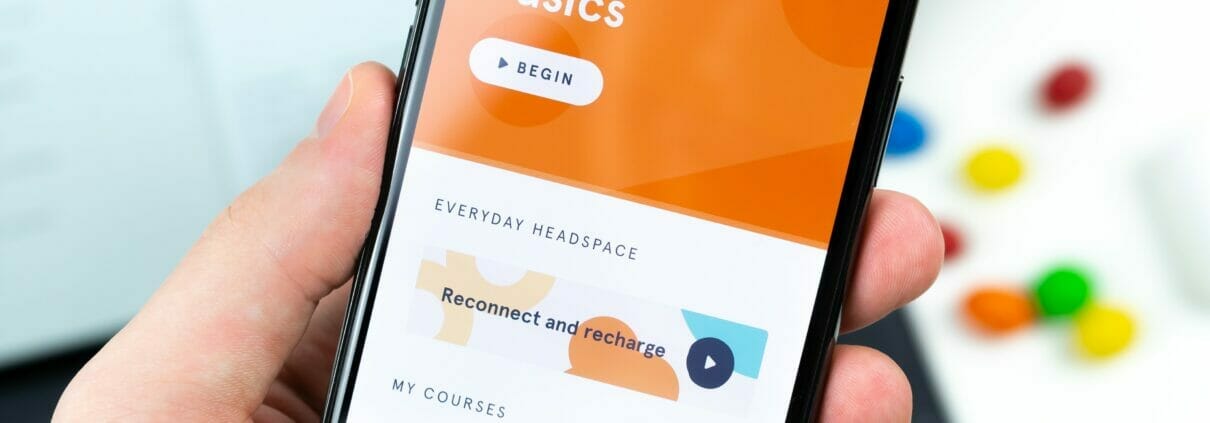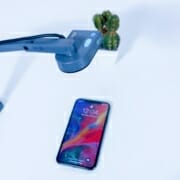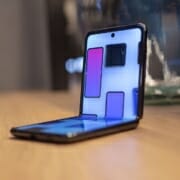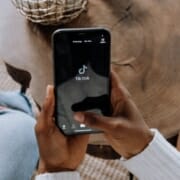Mobile App Design Trends in 2020
What Are Some of The Top Mobile App Designs Trending in 2020?
The mobile app industry, like any tech-industry, is in a perpetual state of change, and mobile app design trends are no exception. In fact, the only real constant is change. Keeping updated on the latest trends and hottest design models is an integral aspect of creating user-friendly mobile apps that have a wide appeal and deliver an excellent user experience. Designing a mobile-app is as much an art, as it is a science. There needs to be a balance between following current trends, unique features, and aspects that push the envelope of mobile app design trends.
In 2020 there are plenty of amazing bells and whistles that mobile app developers can integrate into their finished products; but it’s worth noting that these bells and whistles really only add value to the end user if they are accompanied by a fully-functional and bug-free core. Fancy add-ons, spectacular designs, and additional features all contribute to user-experience, but are akin to the paint job of a car. While aesthetically pleasing, and potentially raising perceived value – the true power lies in the engine that’s under the hood. and remains unaffected by aesthetic.
Mobile App Trends to Watch and Consider in 2020
Personalized Dash Boards: Personalization isn’t just a trend in mobile app design. As more and more data becomes available through a myriad of collection-channels, marketing firms are dialing in on target markets that are as small as a single individual. The access to big data and personalized demographics like age, household income, occupation, and geography all provide vivid details about an individual. While marketing companies use these data points to provide unique and individualized campaigns, mobile app designers are implementing A.I. and user-data to deliver unique dashboards to the user. Good examples of this dashboard-personalization can be found by examining Spotify and SoundCloud. These music apps collect data on listening habits, user likes and dislikes, and auxiliary data to build a robust user-portfolio from which they can design unique user-dashboards. These offer a sense of comfort to the user, and assists in delivering additional content that the user will likely enjoy, based on sophisticated algorithms and the collected user-data.
Music apps are just the beginning. A.I. functionality can be integrated into a whole slew of apps that range from fitness and meal planning apps, to bucket list apps, and even news apps that can deliver personalized news on the subjects that matter most to a user. The trend of personalized dashboards is far-reaching, and should absolutely be considered in any mobile app design based around individual user experiences.
Convenient Voice: Voice search is seeing a massive surge in application. In fact, multiple sources report that nearly 50% of organic search will be conducted via voice by the end of 2020. This a stunning leap from the nominal contribution of voice search in the past decade. Largely attributed to the integration of smart-speakers and digital assistants like Siri, Cortana, Amazon’s Alexa, and Google’s Google Assistant. The mass-integration of smart-speakers in households has reached an astounding 40%. Understanding that voice-search and voice-capable-interactions are a growing consumer demand is integral to creating a smooth and comfortable user-experience in mobile app design.
Designing apps that have familiar features native to their platform is an important consideration when approaching mobile app design. It helps the designer align the app-functionality with what users expect. Building an intuitive user-interface that makes accessing and utilizing voice-search as easy as speaking thoughts out loud seems to have a very secure future in mobile-app design.
Intuitive and convenient user experience is vital to building a consistent user-base that keeps returning day-after-day.
Advanced Animations: Clean, crisp, and informative animations create a balanced user experience that tells a story. Mobile apps can use animations in a variety of ways, but there’s a large movement to employ screen-animations when users interact with certain screens, make choices that lead to a new frame, or input specific data. The apps animations can detail transaction-processing or completion, confirm that user-input has been received, or simply add a rhythm to the user experience and flow of interactions.
Animations are also important in regards to branding. Mobile apps can employ a series of animations, or a single animation that is infused with their brand image to further ingrain those movements with a specific brand. No matter how they’re used advanced animations are an important aspect of mobile app design that bolster user-experience, brand awareness, and create an engaging and informative set of interactions with users. In turn, all of these metrics drive a higher user-base, word of mouth referrals, and user-engagement in-app. A win-win-win for mobile app designers properly integrating advanced animations.
Rounded Corners and Robust Aesthetic: Rounded corners are a trend in and of themself. Outside of mobile-app design, rounded edges have become a popular design feature in smartphones, monitors, wide-screen TV’s and much more. Because of this, rounded corners in app widgets, and other aspects of mobile-apps are an appealing aesthetic that almost mirror the look and feel of the devices they’re loaded on.
Rounded corners aren’t just for aesthetic though. They offer a very practical benefit to the user. Softer on the eyes, rounded corners allow us to process information more easily and quickly which in turn improve user experience, and make the app prettier.
Aesthetic is another important aspect to consider in mobile app design, however. While it certainly isn’t the end-all-be-all of mobile app design, aesthetic is naturally one of the first aspects of a mobile app that someone is going to notice. After all it can sometimes be hard not to judge a book by it’s cover. Keeping a sleek aesthetic that feels smooth and doesn’t hinder the apps overall user experience is a tricky balance, but one that will make a world of difference to the end user. Clunky apps that are unappealing visually will likely turn away users after a single visit, leaving a mobile app dead on install. On the other hand, a sleek design that’s both intuitive and user-friendly will have users coming back multiple times a day.
Universal Device UX: This is the epitome of designing a mobile app with universal appeal. One of the most important mobile app design trends: creating a mobile app that is able to deliver the same user experience no matter the device or operating system immediately boosts the overall marketability of a mobile app. Being limited one ios over another, or only being listed in the Apple Store and not the Google Play store poses massive restrictions to building a more robust, valuable, and engaged user base. More and more of the mobile apps designed today are suited to deliver the same exact user experience regardless of the device.
Expanding the user-experience so that it’s universal between devices, operating systems, and ios versions also delivers a message of inclusion. A message that is growing in importance throughout all industries as we witness massive social-shifts in the way businesses operate, and people interact with one another. Including everyone, and universal access should be at the forefront of mobile app designs at the onset of the project.
2020 has been full of change, surprise, and adversity. However, these uncertain times also offer a wide array of opportunity, especially for those brave enough to consider themselves entrepreneurs or appreneurs, ready to try their hand at designing a mobile app. These mobile app design trends are a great place to start, and NS804 is here to help every step of the way – from concept inception, to execution, visit NS804 and get in touch with a team of expert mobile app developers today.













Leave a Reply
Want to join the discussion?Feel free to contribute!